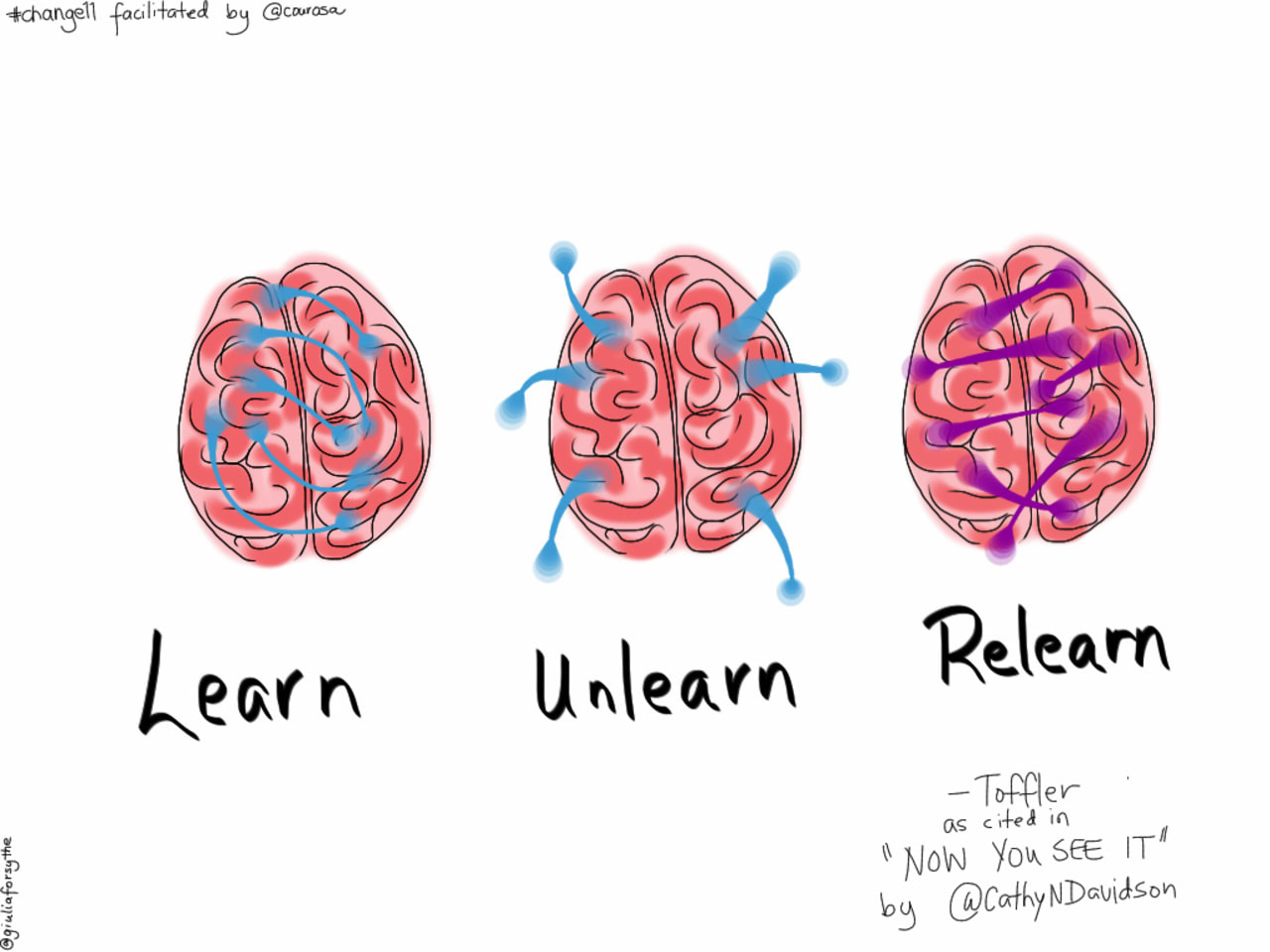When I was a kid, my mom worked in “word processing” at a law firm during their transition from electric typewriters to computers. She often worked 14- to 16-hour days as the system administrator for the new computers. This left her exhausted, so she would spend a whole Saturday in make-up sleep. In my view, computers took my mom away from me. I hated them, and I vowed never to use them. My life being unending irony, I became a web and graphic designer, and later an Instructional Media Developer, who uses computers for every single aspect of my work.
What kept my mom at work for 16-hour days – the WANG.
One of the reasons for my transformation from computer hater to present-day technophile was the world wide web. My heart still expands into a balloon made of light at the thought of all the people of the world being able to share their experiences, find friendship across the world, communicate instantly, and build an amazing collective repository of knowledge – available, searchable by everyone else with a connection. I have friends all over the world I never could have met without the Internet.
I taught myself HTML (hypertext markup language) in 1994. I did this by using a Microsoft product called FrontPage to visually layout web pages. Then I opened the resulting HTML files in a text editor and picked apart how they worked. When I didn’t understand something, I turned to web searches for answers. I soon realized I needed to unlearn everything FrontPage taught me about HTML.

Visual tools like FrontPage created multi-column layouts by inserting text content and images into a table. But the HTML markup for a table was intended to display tabular data. Using a table as a means to create a page layout destroyed the ability of people using assistive technology to access the information on the page. Using tables for layout said “the Internet is for everyone but you” to people who are blind. I couldn’t bear that thought. So I became a web accessibility advocate in 1996, and I’ve kept up with advances in making web content accessible ever since.
Accessibility is more and more on my mind these days, as higher education institutions are finally beginning to take web accessibility seriously. I’ve been presenting web accessibility workshops for faculty and staff since being hired at GCC. I’m currently helping a small team develop accessibility training for Maricopa faculty. I’ll present on web content accessibility at an Ask a Librarian workshop later this month. And yet I still have my own “duh” moments over my own failure of empathy for people with disabilities.
 For example, I gave a workshop earlier this week, and one of my attendees arrived in a wheelchair. I hadn’t set up the room to accommodate a person using a wheelchair. I quickly moved a chair out of the way to fix the problem. The situation made me realize the CTLE didn’t have a way for a person to request an accommodation when registering for one of our workshops. So I didn’t know in advance how to best prepare the room to provide an equally independent experience for all my participants. I felt bad, and I indulged in a hearty facepalm after my workshop ended. I’m disappointed in myself that I hadn’t naturally extended my awareness of online accessibility to an awareness of physical accessibility in a space I meant to be welcoming and inclusive.
For example, I gave a workshop earlier this week, and one of my attendees arrived in a wheelchair. I hadn’t set up the room to accommodate a person using a wheelchair. I quickly moved a chair out of the way to fix the problem. The situation made me realize the CTLE didn’t have a way for a person to request an accommodation when registering for one of our workshops. So I didn’t know in advance how to best prepare the room to provide an equally independent experience for all my participants. I felt bad, and I indulged in a hearty facepalm after my workshop ended. I’m disappointed in myself that I hadn’t naturally extended my awareness of online accessibility to an awareness of physical accessibility in a space I meant to be welcoming and inclusive.
How have I not thought to do this before now? Me, who’s been urging everyone who will listen to keep accessibility in mind for over 20 years? I realize I am still making my own transition from a designing for the web, to designing an in-person experience.
To address the CTLE’s workshop accommodation issue, I contacted Disability Resources & Services to see if there is any sort of standard accessibility/accommodation wording for event registrations. They told me since it’s for employees I’d need to talk to Human Resources. This made me laugh at humanity’s general tendency to compartmentalize.
I turned instead to my original source of help for accessibility: the Internet. I found some great resources on room set up and other event considerations. I’ve adjusted the CTLE’s registration form so that participants can tell us about any accommodation that will help them fully participate in our events. I’ve already received a request for free pizza, and I expect I’ll receive a lot of other interesting suggestions for the sake of humor. And that’s okay because we’re doing the right thing by inviting any registrant to privately tell the CTLE what they need to have the best experience with us.
I feel like my facepalm moment this week is one more illustration of how inclusiveness is a practice. Empathy is a practice. I want to be part of a campus culture that is inclusive by design. That means I personally need to step outside myself as often as I can and imagine the experiences and needs of the people I collaborate with and the people I serve. And I need to encourage my colleagues to share their own needs and experiences so that my ability to imagine is multiplied by each of my relationships. With imagination and empathy, we can create a campus where everyone can learn, grow, and thrive.

